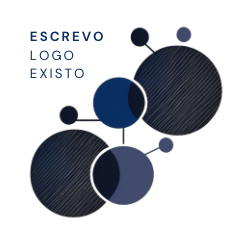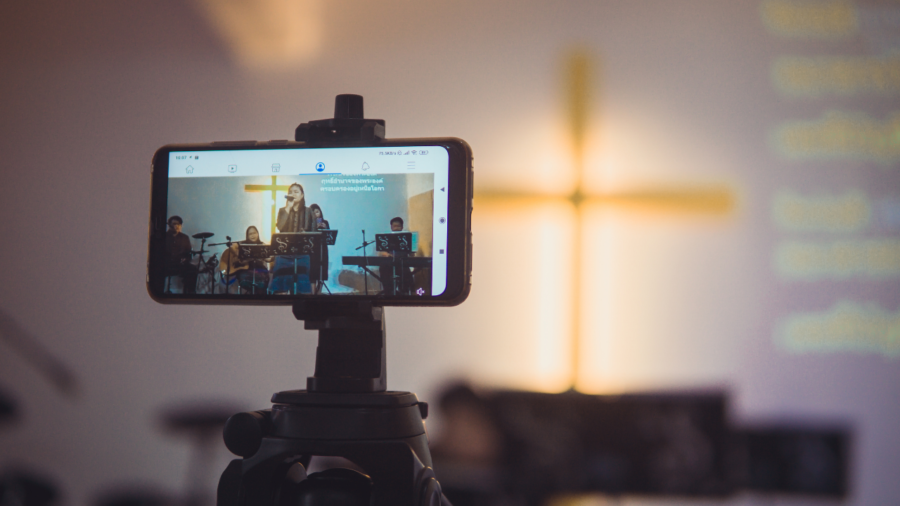In March 2020, we had to change how we used to work. So, adaptation, strength, and flexibility have been the three keywords of the last two years.
As staff of a global Christian organisation, we discovered that the online environment provides an incredible range of opportunities to reach members of our fellowship. We also learned that not being physically present in conflict situations can make vulnerable communities even more vulnerable. Yet, working physically, online, and now hybrid, we are still a church organisation where accompaniment and closeness are parts of our identity.
Going slowly towards the new “normal”, we can now plan hybrid events where it’s possible to have human encounters again. The main risk is to ignore the lessons learnt from the COVID-19 pandemic and forget that we have two layers of participation when deciding to organise a hybrid event.
Before planning a hybrid event, it’s also important to know what hybrid events are not. The biggest misconception of hybrid events is that they are simply events that are streamed live to an online audience. “A true hybrid event utilises technology to bring online audiences into an event experience – so online audiences and live participants experience the same event similarly.”
So, what are the three primary steps to remember:
- GIVE PREFERENCE TO THE ONLINE AUDIENCE: Camera position, sound setup, and the overall content should express closeness towards those not physically present. At hybrid events, online viewers participate in the event the same way live attendees do. That means participating in Q&A sessions, interacting with speakers, and engaging with fellow attendees.
- UNDERSTAND THE TECHNICAL CHALLENGES AND OPPORTUNITIES: Hybrid events bring many more technical challenges than online events. In addition to good cameras, microphones, trained staff and a strong internet connection, organisers must enable a space where online attendees don’t simply become viewers of a physical conference.
- HAVE A BRIDGE BUILDER – To shorten the gap between physical and online attendance, it’s also good to have a co-moderator or an assistant who joins the hybrid event online. They will be able to oversee and communicate potential issues from the online environment and motivate online participants to take part in the discussion.
Hybrid events present a new space to navigate. As we have learnt on moving from physical to only online events, every change needs time, patience, and flexibility. We should also accept that we will make lots of mistakes. But without forgetting the importance of keeping the pastoral approach, where the technical solutions are tools to express accompaniment, closeness, and the inclusiveness of everything we do.





